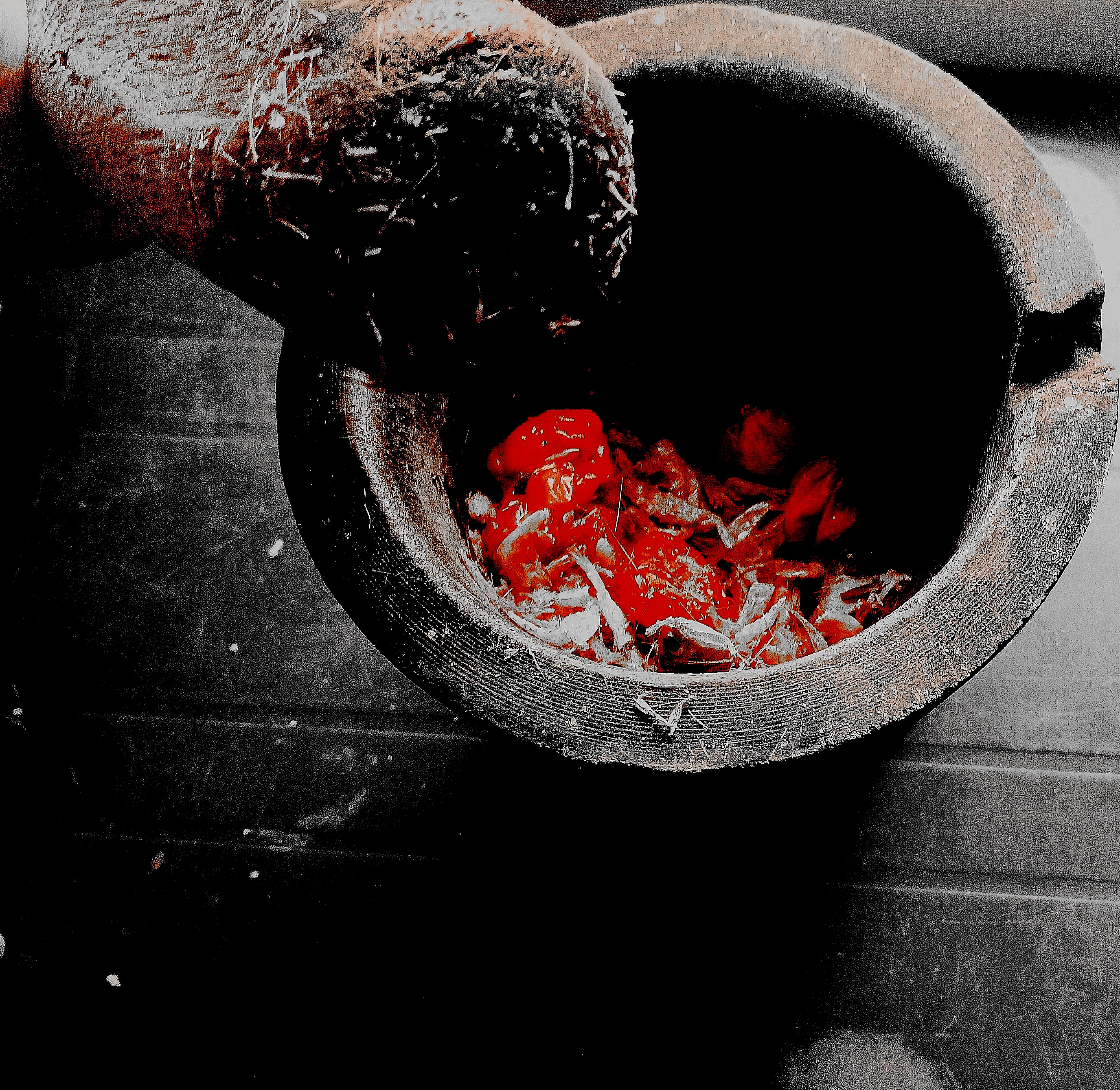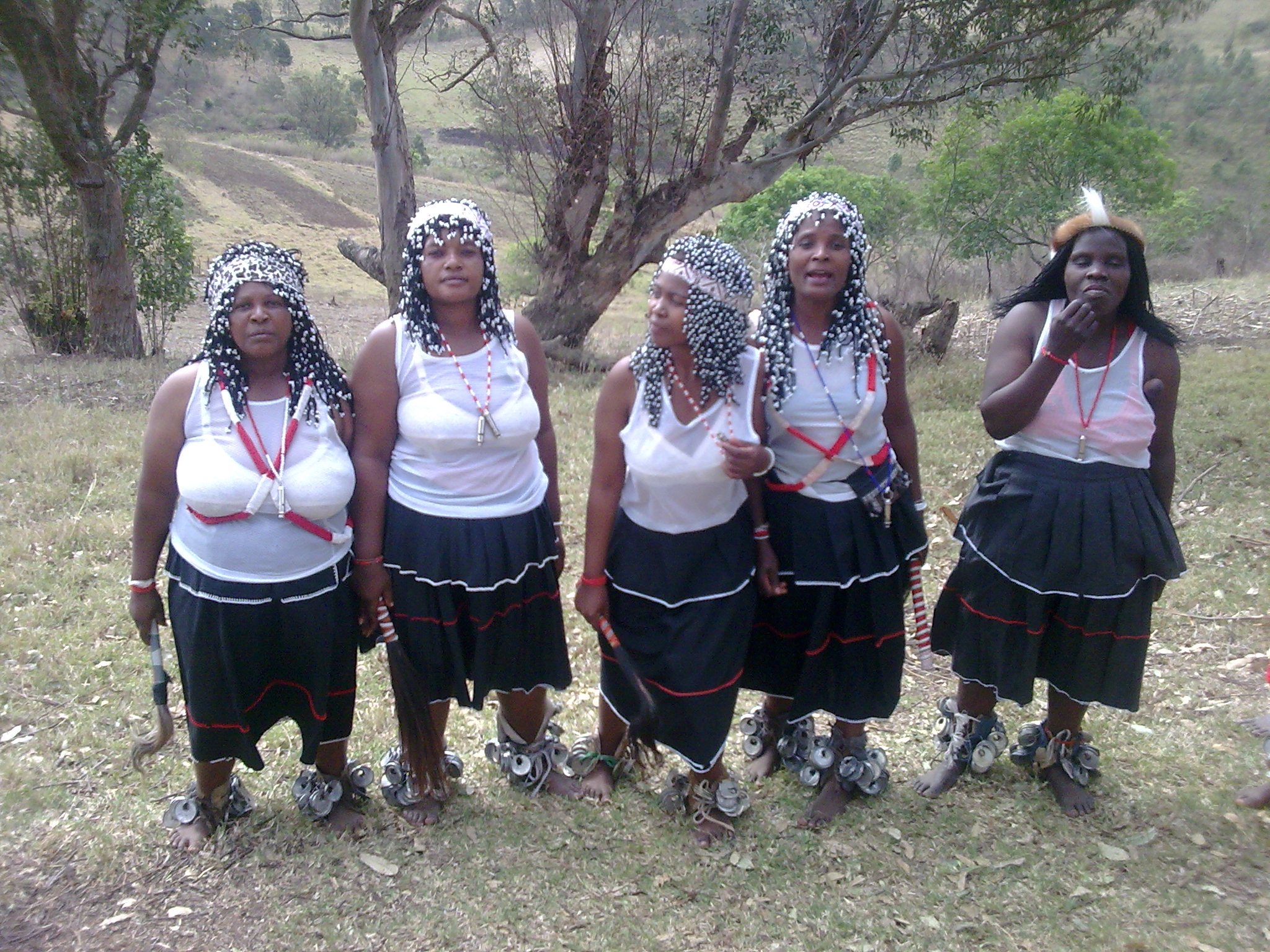|
Warwick Junction, Durban
Warwick Junction, also known as Warwick Triangle, is a transportation and trading hub in the city of Durban, South Africa. It is the largest of its kind in South Africa. The area sees up to 460 000 people daily, who come to the area to for its transport interchange and market shopping. History Initially used as a market space by Indian traders during apartheid, the area become popular with black traders towards to the end of apartheid. Markets Warwick Junction is home to nine distinct markets, where informal and formal traders sell a variety of products, from food to traditional medicine. There are approximately 5000 to 8000 vendors in the area. The Bead Market has vendors who are mostly from coastal areas adjacent to Durban selling traditional Zulu beadwork items. Berea Station Market, located near two rail stations, has vendors selling traditional Zulu items such as spears and shields, as well as modern clothing and technology items. The Bovine Head Market consists of ve ... [...More Info...] [...Related Items...] OR: [Wikipedia] [Google] [Baidu] |
Durban
Durban ( ) ( zu, eThekwini, from meaning 'the port' also called zu, eZibubulungwini for the mountain range that terminates in the area), nicknamed ''Durbs'',Ishani ChettyCity nicknames in SA and across the worldArticle on ''news24.com'' from 25 October 2017. Retrieved 2021-03-05.The names and the naming of Durban Website ''natalia.org.za'' (pdf). Retrieved 2021-03-05. is the third most populous city in after and |
South Africa
South Africa, officially the Republic of South Africa (RSA), is the southernmost country in Africa. It is bounded to the south by of coastline that stretch along the South Atlantic and Indian Oceans; to the north by the neighbouring countries of Namibia, Botswana, and Zimbabwe; and to the east and northeast by Mozambique and Eswatini. It also completely enclaves the country Lesotho. It is the southernmost country on the mainland of the Old World, and the second-most populous country located entirely south of the equator, after Tanzania. South Africa is a biodiversity hotspot, with unique biomes, plant and animal life. With over 60 million people, the country is the world's 24th-most populous nation and covers an area of . South Africa has three capital cities, with the executive, judicial and legislative branches of government based in Pretoria, Bloemfontein, and Cape Town respectively. The largest city is Johannesburg. About 80% of the population are Black South Afri ... [...More Info...] [...Related Items...] OR: [Wikipedia] [Google] [Baidu] |
Indian South Africans
Indian South Africans are South Africans who descend from indentured labourers and free migrants who arrived from British India during the late 1800s and early 1900s. The majority live in and around the city of Durban, making it one of the largest "Indian" populated cities outside of India. As a consequence of the policies of apartheid, ''Indian'' (synonymous with ''Asian)'' is regarded as a race group in South Africa. Racial identity During the colonial era, Indians were accorded the same subordinate status in South African society as Blacks were by the white minority, which held the vast majority of political power. During the period of apartheid from 1948 to 1994, Indian South Africans were called and often voluntarily accepted, terms which ranged from "Asians" to "Indians", and were legally classified as being members of a single racial group. Some Indian South Africans believed that these terms were improvements on the negatively defined identity of "Non-White", which ... [...More Info...] [...Related Items...] OR: [Wikipedia] [Google] [Baidu] |
Apartheid
Apartheid (, especially South African English: , ; , "aparthood") was a system of institutionalised racial segregation that existed in South Africa and South West Africa (now Namibia) from 1948 to the early 1990s. Apartheid was characterised by an authoritarian political culture based on ''baasskap'' (boss-hood or boss-ship), which ensured that South Africa was dominated politically, socially, and economically by the nation's minority white population. According to this system of social stratification, white citizens had the highest status, followed by Indians and Coloureds, then black Africans. The economic legacy and social effects of apartheid continue to the present day. Broadly speaking, apartheid was delineated into ''petty apartheid'', which entailed the segregation of public facilities and social events, and ''grand apartheid'', which dictated housing and employment opportunities by race. The first apartheid law was the Prohibition of Mixed Marriages ... [...More Info...] [...Related Items...] OR: [Wikipedia] [Google] [Baidu] |
Bantu Peoples In South Africa
South African Bantu-speaking peoples are the majority of black South Africans. Occasionally grouped as Bantu, the term itself is derived from the word for "people" common to many of the Bantu languages. The Oxford Dictionary of South African English describes its contemporary usage in a racial context as "obsolescent and offensive" because of its strong association with white minority rule with their apartheid system. However, Bantu is used without pejorative connotations in other parts of Africa and is still used in South Africa as the group term for the language family. History The history of the Bantu-speaking peoples from South Africa has in the past been misunderstood due to the deliberate spreading of false narratives such as ''The Empty Land Myth''. First published by W.A. Holden in the 1860s, this doctrine claims that South Africa had mostly been an unsettled region and that Bantu-speaking peoples had begun to migrate southwards from present day Zimbabwe at the same t ... [...More Info...] [...Related Items...] OR: [Wikipedia] [Google] [Baidu] |
Traditional African Medicine
Traditional African medicine is a range of traditional medicine disciplines involving Indigenous peoples of Africa, indigenous herbalism and Traditional African religions, African spirituality, typically including divination, diviners, midwives, and herbalism, herbalists. Practitioners of traditional African medicine claim to be able to cure a variety of diverse conditions including cancer, psychiatric disorders, high blood pressure, cholera, most venereal diseases, epilepsy, asthma, eczema, fever, anxiety, depression, benign prostatic hyperplasia, urinary tract infections, gout, and healing of wounds and burns and even Ebola. Diagnosis is reached through spiritual means and a treatment is prescribed, usually consisting of a herbal remedy that is considered to have not only healing abilities but also symbolic and spiritual significance. Traditional African medicine, with its belief that illness is not derived from chance occurrences, but through spiritual or social imbalance, dif ... [...More Info...] [...Related Items...] OR: [Wikipedia] [Google] [Baidu] |
Beadwork
Beadwork is the art or craft of attaching beads to one another by stringing them onto a thread or thin wire with a sewing or beading needle or sewing them to cloth. Beads are produced in a diverse range of materials, shapes, and sizes, and vary by the kind of art produced. Most often, beadwork is a form of personal adornment (e.g. jewelry), but it also commonly makes up other artworks. Beadwork techniques are broadly divided into several categories, including loom and off-loom weaving, stringing, bead embroidery, bead crochet, bead knitting, and bead tatting. Ancient beading The art of creating and utilizing beads is ancient, and ostrich shell beads discovered in Africa can be carbon-dated to 10,000 BC. Faience beads, a type of ceramic created by mixing powdered clays, lime, soda, and silica sand with water until a paste forms, then molding it around a stick or straw and firing until hard, were notably used in ancient Egyptian jewelry from the First Dynasty (beginning in t ... [...More Info...] [...Related Items...] OR: [Wikipedia] [Google] [Baidu] |
Traditional African Medicine
Traditional African medicine is a range of traditional medicine disciplines involving Indigenous peoples of Africa, indigenous herbalism and Traditional African religions, African spirituality, typically including divination, diviners, midwives, and herbalism, herbalists. Practitioners of traditional African medicine claim to be able to cure a variety of diverse conditions including cancer, psychiatric disorders, high blood pressure, cholera, most venereal diseases, epilepsy, asthma, eczema, fever, anxiety, depression, benign prostatic hyperplasia, urinary tract infections, gout, and healing of wounds and burns and even Ebola. Diagnosis is reached through spiritual means and a treatment is prescribed, usually consisting of a herbal remedy that is considered to have not only healing abilities but also symbolic and spiritual significance. Traditional African medicine, with its belief that illness is not derived from chance occurrences, but through spiritual or social imbalance, dif ... [...More Info...] [...Related Items...] OR: [Wikipedia] [Google] [Baidu] |
Ndwedwe
Ndwedwe is a town in Ilembe District Municipality in the KwaZulu-Natal province of South Africa. The village is 60 km north of Durban and about 20 km west-north-west of Tongaat. Of Zulu origin, the name is said to mean "long, bare table-land or ridge," or "pensive," referring to its peaceful setting in the Valley of a Thousand Hills. Notable residents * Sihle Zikalala, 8th Premier of KwaZulu-Natal The Premier of KwaZulu-Natal is the head of government of the KwaZulu-Natal province of South Africa. The current Premier of KwaZulu-Natal i''s'' Nomusa Dube-Ncube, a member of the African National Congress. She is the first elected woman to assu ... References Populated places in the Ndwedwe Local Municipality {{KwaZuluNatal-geo-stub ... [...More Info...] [...Related Items...] OR: [Wikipedia] [Google] [Baidu] |
Traditional Healers Of South Africa
Traditional healers of Southern Africa are practitioners of traditional African medicine in Southern Africa. They fulfill different social and political roles in the community, including divination, healing physical, emotional and spiritual illnesses, directing birth or death rituals, finding lost cattle, protecting warriors, counteracting witchcraft, and narrating the history, cosmology, and concepts of their tradition. There are two main types of traditional healers within the Nguni, Sotho-Tswana, and Tsonga societies of Southern Africa: the diviner (''sangoma''), and the herbalist (''inyanga''). These healers are effectively South African shamans who are highly revered and respected in a society where illness is thought to be caused by witchcraft, pollution (contact with impure objects or occurrences) or through neglect of the ancestors. It is estimated that there are as many as 200,000 traditional healers in South Africa compared to 25,000 doctors trained in bio-medic ... [...More Info...] [...Related Items...] OR: [Wikipedia] [Google] [Baidu] |
Helichrysum Petiolare
''Helichrysum petiolare'', the licorice-plant or liquorice plant, is a species of flowering plant in the family Asteraceae, native to South Africa — where it is known as ''imphepho'' — and naturalized in parts of Portugal and the United States. Growing to about high and broad, it is a trailing evergreen subshrub with furry grey-green leaves and small white flowers. Other common names include silver-bush everlastingflower, trailing dusty miller and ''kooigoed''. The foliage has a faint licorice aroma, but ''Helichrysum petiolare'' is not closely related to the true liquorice plant, ''Glycyrrhiza glabra''. Cultivation It is cultivated for its foliage and as groundcover. This plant prefers sun to partial shade with well drained soil, being susceptible to root rot. It is hardy to zones 9-11, in mild or coastal areas where temperatures do not fall below freezing for extended periods. It requires a sheltered position in full sun. Numerous cultivars have been developed, of ... [...More Info...] [...Related Items...] OR: [Wikipedia] [Google] [Baidu] |




